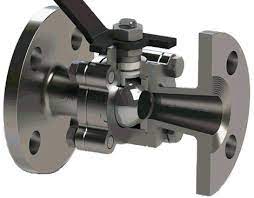
Image Source: Freepik
A lot is to be known about the ball valve, from its different types, its vast uses and applications, and even the materials used to produce it. Another important thing to note about ball valves is the kind of port it has. Read on if you want to know more about ball valve ports.
Full port or full bore valves and standard port of standard bore valves are the two main ball valve port types. While the difference is not difficult to distinguish, its effect on the mechanism is apparent.
Port Design
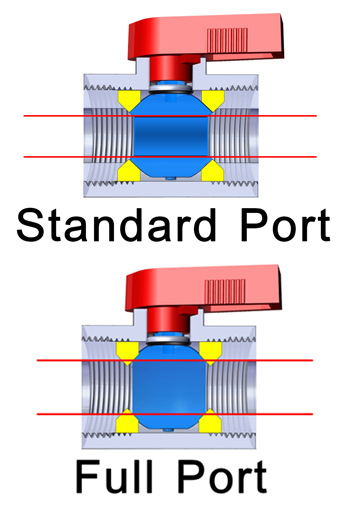
Image Source: Industrialspec
What are valve bore sizes?
The valve port may also refer to the valve bore or the hole in the ball valve where the medium passes through. The valve port types depend on the size of the bore in relation to the pipe that it serves as a valve. Full port valves have the same diameter hole as the pipe, while standard port valves are actually one pipe size smaller in diameter than the pipe it connects.
Full Port Valve
A Full port valve or full bore valve is a valve that has the same bore size as the flow path that it connects or serves as a valve to. This means that the flow pressure remains constant as it passes through the valve and no flow resistance is experienced. Apart from the full bore ball valve, other types like the full port gate valve, full port plug valve, and full port globe valve, are often full bore valves because of the nature of their structure.
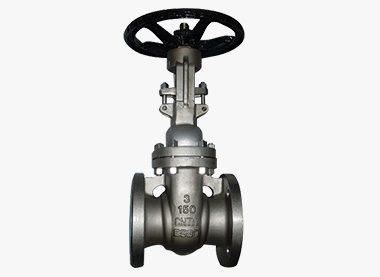
Gate Valve
Image Source: Xhval
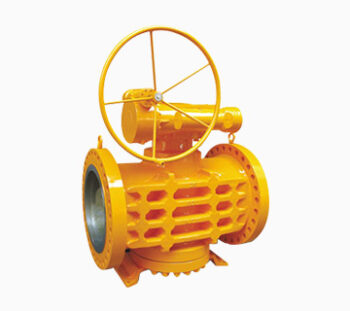
Plug Valve
Image Source: Xhval
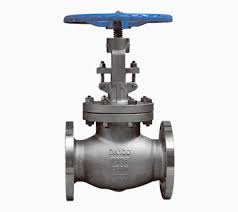
Globe Valve
Image Source: Xhval
Reduced port valve
A reduced port valve, on the other hand, has a reduced-size port as its name suggests. The reduced bore ball valve dimensions are often smaller than 75% that of its original flow path.
Reduced Port Valve
Image Source: Pipingdesigninfo
Standard port valve
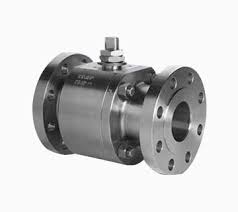
Standard Port
Image Source: Xhval
A standard port valve or regular port valve is similar to a reduced port valve but is only reduced 75%-90% than the original size. Much like the reduced port valve, a standard port ball valve and a standard port gate valve is available but are not as common as full port valves. They are preferred only if applicable because it is less expensive compared to full port valves.
Full port ball valve vs standard port
How to tell the differences?
Ball valves can either be a full port ball valve or a standard port ball valve. Full port ball valves maintain the same size diameter, while standard port ball valves have a reduced diameter size compared to the pipeline it serves as a valve to.
Ball Valve Full Port
A full port ball valve may be expensive and may require more space compared to standard ball valves but its advantage lies in the consistent flow pressure. Full port valves are ideal for pipes carrying liquids and solids because of their unobstructed nature.
Ball Valve Standard Port
A standard port ball valve is preferred for gaseous media, especially since it costs less and takes up lesser space than a full port ball valve. Standard port valves are a cost-effective option if pressure flow is not an issue.
ball valves standard port or bore type benefits
Standard port or bore valves are preferred for applications wherein there are space limitations. These valves are more compact compared to their full bore cousins, making them also require less materials and are therefore more cost-effective to produce and purchase. If the reduction of flow pressure is not an issue for the pipeline application, then standard port or bore ball valves are the practical and more space-saving choice.
Full port or full bore ball valve
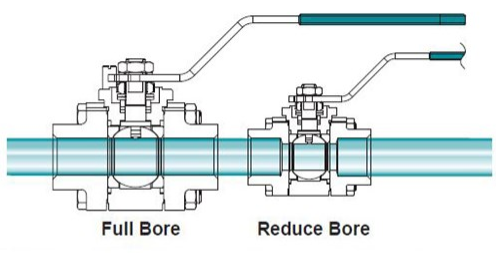
Image Source: Naver Blog
Full port ball valves or full bore ball valves are basically ball valves that have a full bore or hole in the ball to allow for the passage of media through the valve to its connecting pipeline, such as 3 piece full port ball valve. These valves follow a straight path and an unrestricted flow. They have a larger body compared to a standard or a reduced port ball valve, as well as, a larger ball to accommodate a diameter that’s the same as the pipeline it connects. Little to no flow pressure loss is experienced when using a full bore or full port valve and no wear to the valve is added.
When to use full bore ball valve
full port ball valve for water heater
Full port ball valves are suited for applications like in a water heater since sediment or build-up can cause hot water to lose pressure. Build-ups and sediment are more common in standard port ball valves because of the reduction in diameter size and pressure loss when it passes through the valve.
full port brass ball valve
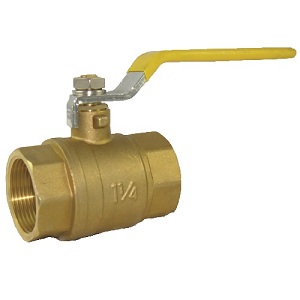
Image Source: Xhval
Full port brass ball valves are especially durable because of the material used to make it. Brass itself has high resistance to corrosion and the structure of a full port ball valve further adds to its durability since full port ball valves are less prone to wear because of the consistent flow pressure that it undergoes.
Stainless steel ball valve
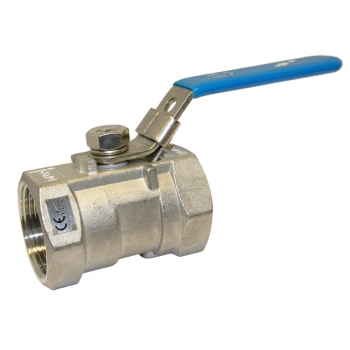
Image Source: Xhval
A Stainless steel ball valve has additional properties that make it corrosion and abrasion-resistant. It performs well even under high pressure and temperature and requires less maintenance compared to other materials.
Standard port or standard bore ball valve
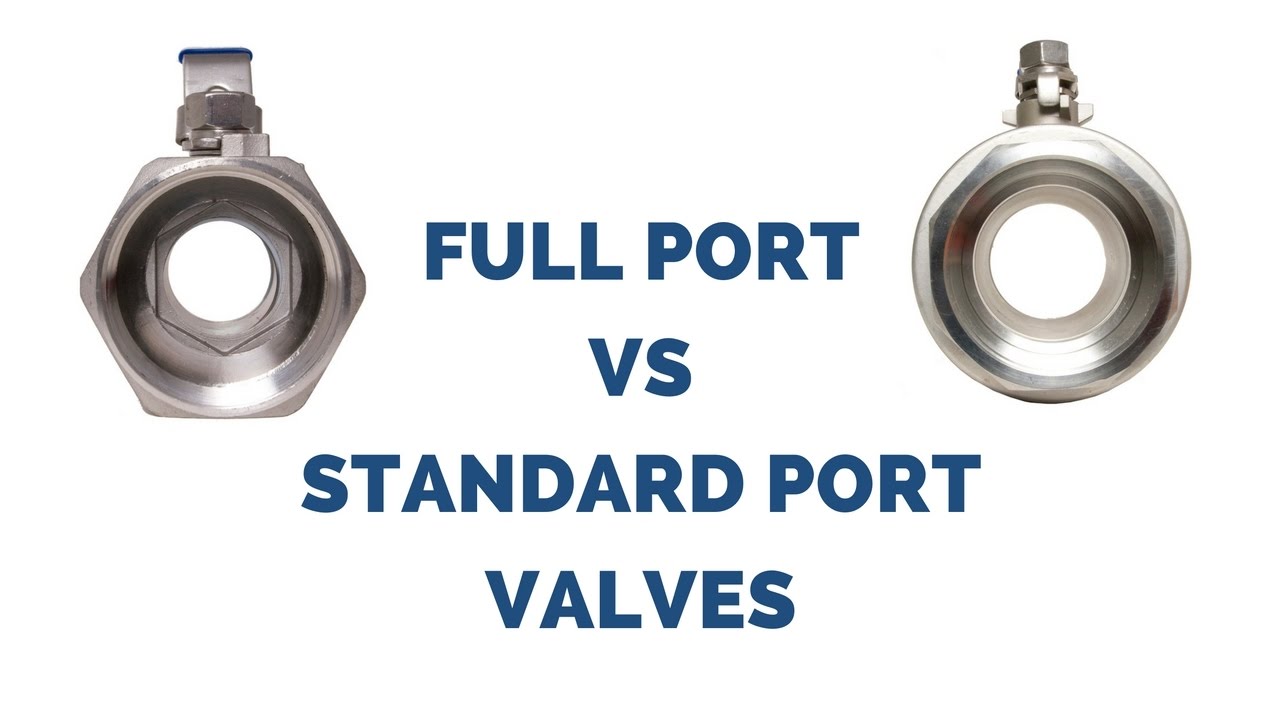
Image Source: Youtube
standard port valve
Standard port ball valves or standard bore ball valves are valves that have smaller diameter sizes compared to the pipeline that they connect or serve as a valve to. This makes them prone to the reduction of flow pressure and gives them a risk for cavitation.
When to use standard port or standard bore ball valve
Standard port or standard bore ball valves have the advantage of being cost-efficient and more adaptable to smaller spaces which is why they are a popular choice. They perform well in applications where pressure changes in the flow is no concern. If pressure flow is not an issue, a standard port or standard bore valve may prove advantageous because of its smaller size, lesser material, and reduced cost.
high flow ball valve
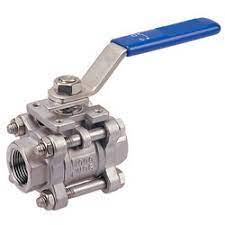
Image Source: Xhval
Full bore ball valves are considered to be high flow valves because of their ability to maintain flow rate and a consistent pressure.
Are There Other Valve Types Classified by Port Size?
While a gate valve and a globe valve typically do not have as extensive a classification as a ball valve, they do have different bore sizes depending on the application. Even though their bore sizes differ, gate valves and globe valves are essentially full bore or full port valves when they are fully open. Reduced bore designs are not usual but may be customized according to applications and to the standard.
full port vs standard port gate valve
Full port gate valve
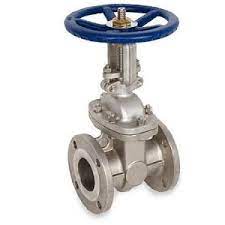
Image Source: Xhval
Full port or bore gate valves have bore sizes that fit or conform to the size of the disc that is used to seal the valve. It is the usual design of gate valves and is more commonly produced and used.
Standard port gate valve
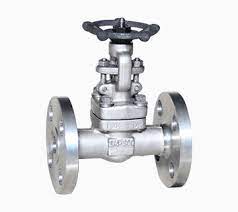
Image Source: Xhval
A standard port or bore gate valve or reduced port or bore gate valve is customized and must adhere to standards by the BSI and API. It is not as common as a full port or bore gate valve and not as widely produced, although manufacturers who customize valves may produce them according to the standards for the specific valve size.
Conclusion
Whether it is a full port valve, a reduced port valve, or a standard port valve that you are looking for, XHVAL Valve Co., Ltd., is the top choice for all your valve needs. They have every port type and can customize the valve and the valve port according to your every requirement.

